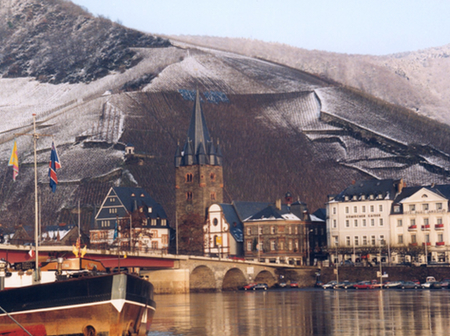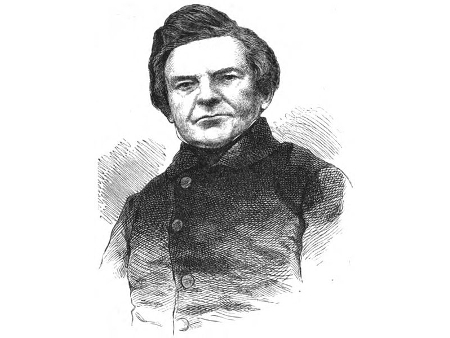Thanks William for such a thought-provoking essay. I can’t help finding it deliciously ironic that it should be published by TWA, whose former owner some would hold responsible for “bland, commercial conformity”!
Marcus’s skiing analogy is excellent - every winemaker anywhere is creating something according to their own choices. But the choices surely depend on place - the quality of the terroir and climate. Personally, I believe that wines should indeed be the expression of their terroir and I welcome the tendency towards greater purity.
But of course “natural” wines are just as much a choice as “patinated, personal wines”. Who knows, perhaps tomorrow’s consultants or “flying winemakers” will be today’s “natural” winemakers?
I don’t think that wines which aim to express more purity and “transparency” are inherently superior to those using new oak, because that would be as silly as the former one-size-fits-all approach which clearly believed that it held a universal truth. Each to their own. One person’s luxury oak is another person’s coffin.
Wine fashions come and go. The bottom line is that the stuff needs to be sold - as Marcus says:
“And for those who want to say doing nothing is the superior way to make wines…that’s a marketing opinion.”
I suppose the only problem is, in my opinion, that the market can sometimes dictate the fashion, hence all those Bordeaux which are not influenced by personal winemakers’ choices, but by a consultant.
There again, when you are the MD of a large château owned by a pension fund, you are not in the same position as a Jayer or a Coche. Your job is to ensure that your 150000 bottles correspond to the market, and that your product gets the EP score which will ensure it’s success, so you choose the necessary consultant. Fundamentally there is nothing wrong with that choice either.
But ultimately, the choice which really counts is our choice as consumers. We don’t have to buy a Jayer or a Rolland unless we want to. Whatever one feels about purity or patinated, S02 or new oak, what is great today is that we no longer have somebody telling us that they’re right about wine and that failing to agree with them means we are either numbskulls or philistines. A Lascombes or a Roches-Neuves are polar opposites, both the product of a winemaker’s choice, but neither is “right” nor “wrong”.

